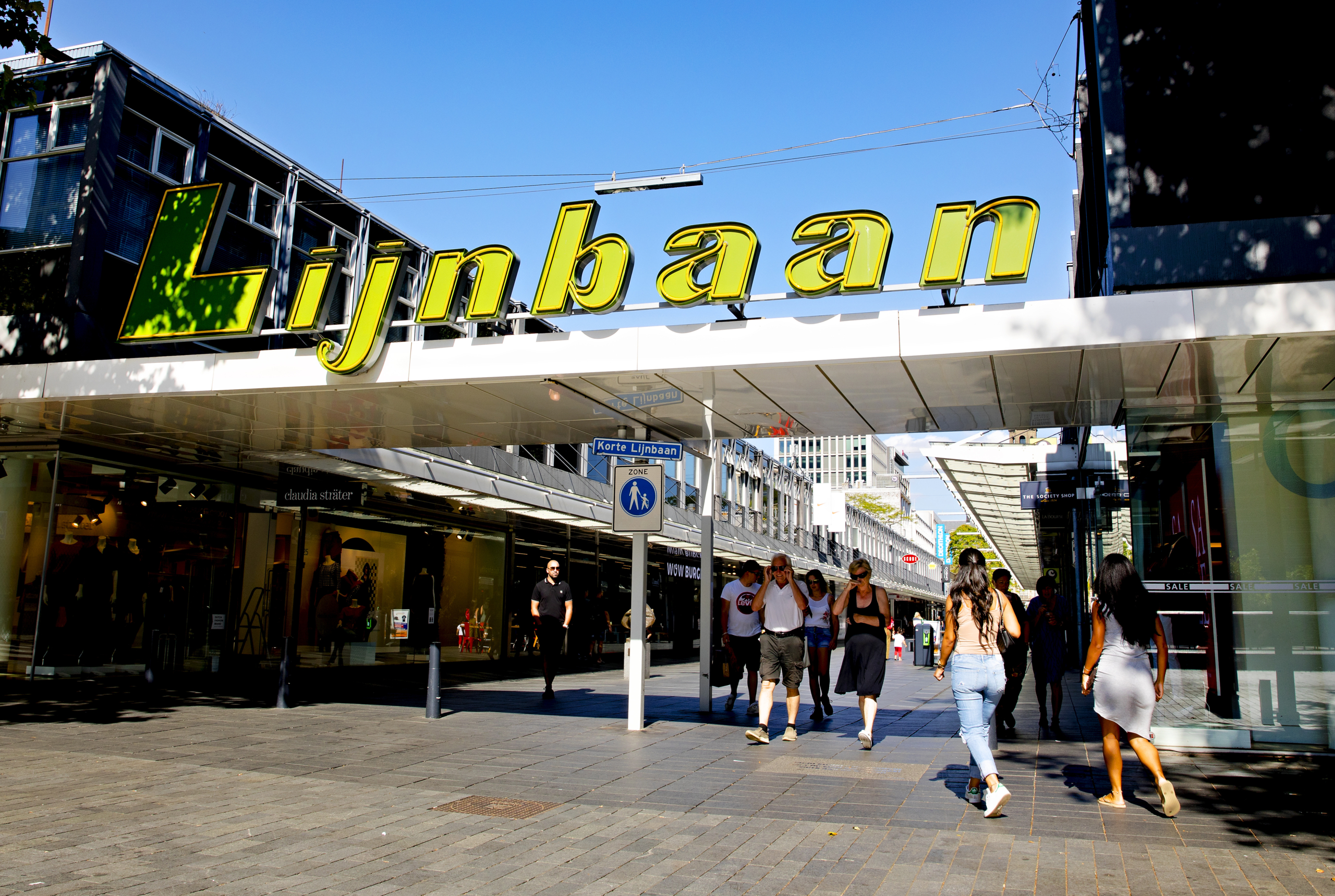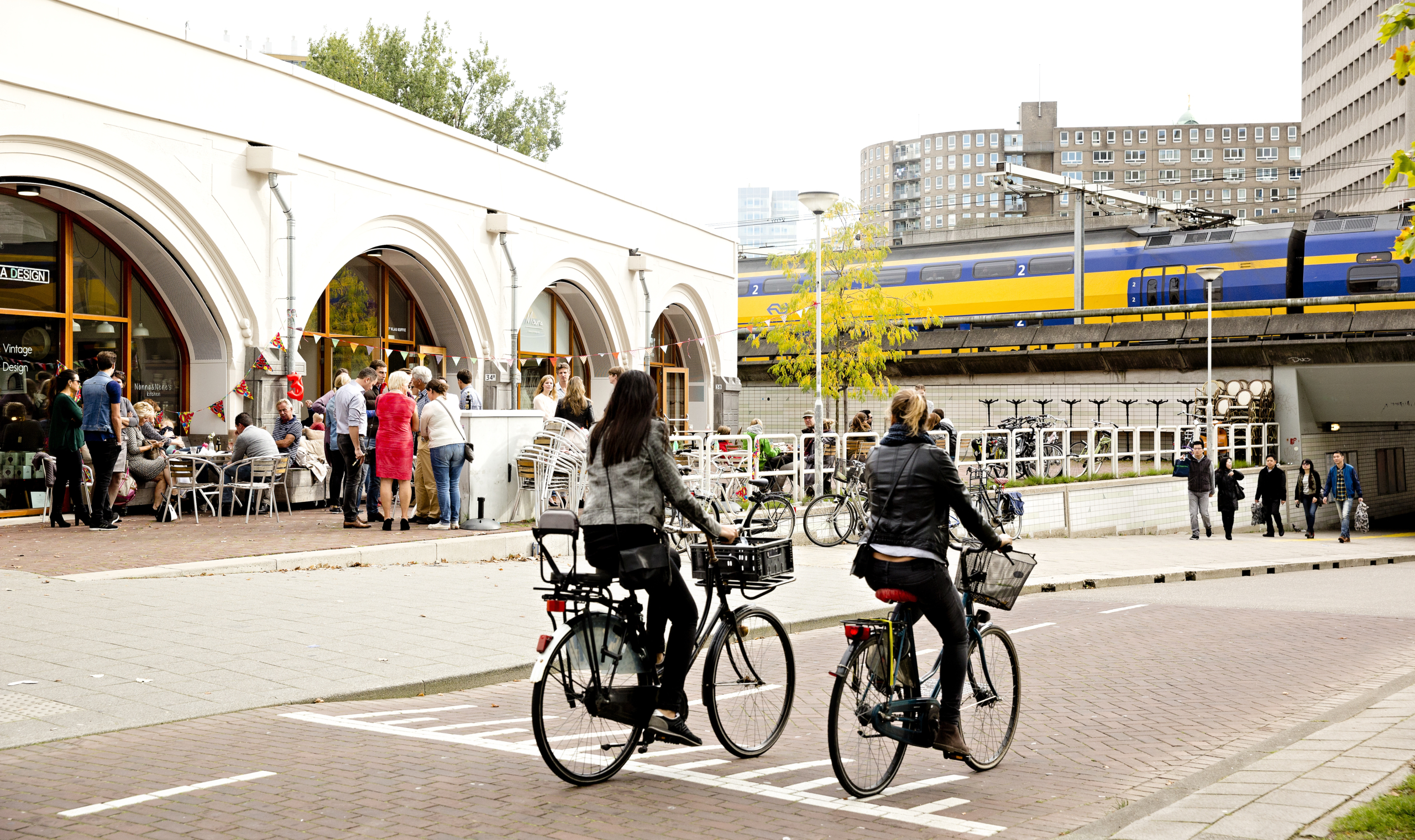The challenge
Our society is in the throes of change, and retail is changing along with it. Digitalisation, evolving consumer behaviours, heightened by the impact of the corona crisis, are causing a massive shift in our streets, neighbourhoods and city. A significant number of retail outlets and possibly bars and restaurants, too, will vanish. As the threat of vacancy looms, what can we do to keep our high streets appealing? The Municipality of Rotterdam, retailers, catering entrepreneurs and property owners joined forces in the ‘Rotterdam Retail Taskforce’. Their goal? To create attractive and vital shopping areas where retail is a valuable addition to the total offering, and the high street can have a viable long-term future. BRAND was given the challenge of drawing up a vision of the future together with a diverse group of Rotterdam retail entrepreneurs, property owners, retail experts and the municipality.
Our approach
Input for this vision of the future was garnered through a number of working groups, sessions with entrepreneurs and discussions with a critical sounding board group. If retail is to flourish, it must look beyond simply retail. Shops and restaurants often set the trends and are the social drivers of shopping areas but conversely, they also desperately need the high street if they are to thrive. The livelier and more attractive the area, the more appealing it is to shoppers and visitors. So, it’s essential to create places that are appealing, green, local and social: places where you can live, play sports, eat, drink, meet, work…and shop. And by doing that, in combination with targets relating to climate change, health, accessibility, greening and public space, we can create places with meaningful public value.

This new vision of the future can only be realised at area level, using the integrated approach outlined above. There is no standard strategy because no two areas are alike. And there are 70 in Rotterdam alone. The area-centred approach requires the collective effort of all stakeholders. The municipality, property owners, entrepreneurs, but also residents and – in the future – social and cultural initiatives, must embrace this task and be ready to play their role. This collaboration, the so-called golden circle, is central to the shared vision of the future. In the past, this kind of partnership was hardly standard procedure, but the experiences of frontrunner areas show just how much can be achieved by partnerships of this kind.
Result
Meanwhile, because the delivery of this shared vision of the future is only one fantastic milestone in a long-term process, the city council has green-lighted this vision of the future. Within two years, plans will be set in motion in all 70 areas. In areas that are thriving, this means cherishing and further developing existing functions. In areas that aren’t performing well, the emphasis will be on revitalisation and transformation. And by so doing, Rotterdam will continue to be a vital city in the future with lively, attractive areas that people value as spaces to work, live, and visit, and where retail entrepreneurs can flourish.
